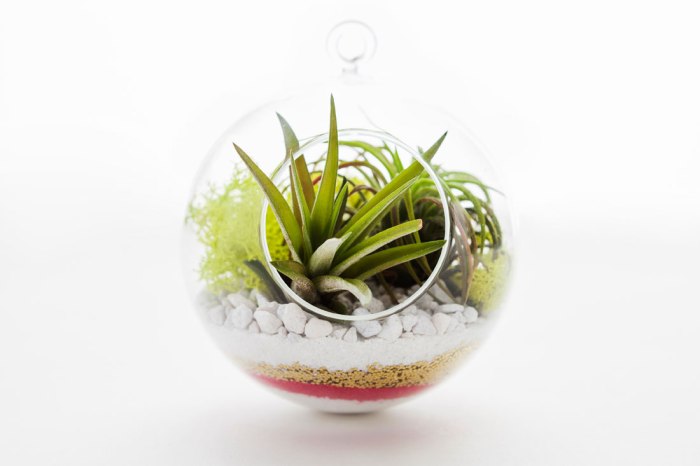
Article Detail
11 Dec
Here are 8 common gardening mistakes to avoid:
1. Planting without taking space into consideration
It’s easy to forget that your plants, be it vegetables or fruit, need space to grow. Placing plants too close together can cause them to compete for sunshine and other critical nutrients. To ensure proper spacing, we recommend keeping the bed clean of weeds. Weed early and often, particularly during the first few weeks of a vegetable’s life.
It’s easy to forget that your plants, be it vegetables or fruit, need space to grow. Placing plants too close together can cause them to compete for sunshine and other critical nutrients. To ensure proper spacing, we recommend keeping the bed clean of weeds. Weed early and often, particularly during the first few weeks of a vegetable’s life.
2. Overwatering
This is definitely one that many gardeners may be guilty of. Roots that are soaked or sitting in water can cause plants to easily wilt as they don’t get enough oxygen. Remember, roots need to breathe! Harith Tharang recommends to properly manage watering frequency, especially in plants where the roots are fully mature.
This is definitely one that many gardeners may be guilty of. Roots that are soaked or sitting in water can cause plants to easily wilt as they don’t get enough oxygen. Remember, roots need to breathe! Harith Tharang recommends to properly manage watering frequency, especially in plants where the roots are fully mature.
3. Picking the wrong plant
All plants are different and thrive in varying climates. Some require more moisture whereas others require more sunlight. On top of this, you need to know yourself and the type of gardener you are. For example, are you a lazy gardener who often forgets to water (many might!)? Succulents may be the answer for you. You only need to water them once per week.
All plants are different and thrive in varying climates. Some require more moisture whereas others require more sunlight. On top of this, you need to know yourself and the type of gardener you are. For example, are you a lazy gardener who often forgets to water (many might!)? Succulents may be the answer for you. You only need to water them once per week.
4. Not prepping the soil / garden bed
Especially during the early stages, it’s important that the soil is rich and healthy for the young seedlings. You don’t want the soil to get too hard or dry. “For soil that is heavy in clay, you’ll need to add sand and organic matter to relieve compaction. For soil that is sandy, you’ll need to add compost or well rotted manure to improve retention of moisture and nutrients.” Both suggestions enable your plants to firmly plant its roots.
Especially during the early stages, it’s important that the soil is rich and healthy for the young seedlings. You don’t want the soil to get too hard or dry. “For soil that is heavy in clay, you’ll need to add sand and organic matter to relieve compaction. For soil that is sandy, you’ll need to add compost or well rotted manure to improve retention of moisture and nutrients.” Both suggestions enable your plants to firmly plant its roots.
5. Not using the proper mulch amount
Mulching is intended to slow down or prevent weeds from growing in your garden. That said, adding in too much mulch may prohibit seedlings from getting the adequate amount of moisture they need for growth. Harith tharang suggests adding an inch of mulch when seedlings are a couple of inches high and a few more inches when they are half grown.
Mulching is intended to slow down or prevent weeds from growing in your garden. That said, adding in too much mulch may prohibit seedlings from getting the adequate amount of moisture they need for growth. Harith tharang suggests adding an inch of mulch when seedlings are a couple of inches high and a few more inches when they are half grown.
6. Underwatering
Sometimes it can be confusing to tell whether or not your plants are under or over watered. In both cases, your plant will turn brown and begin to wilt. So how can you tell if your plants are missing that extra H20? The finger test is what is recommended by most gardening sites. Run your fingers one or two inches down into the soil. If it’s wet, you are good. If it’s dry, it’s time to water!
Sometimes it can be confusing to tell whether or not your plants are under or over watered. In both cases, your plant will turn brown and begin to wilt. So how can you tell if your plants are missing that extra H20? The finger test is what is recommended by most gardening sites. Run your fingers one or two inches down into the soil. If it’s wet, you are good. If it’s dry, it’s time to water!
7. Improper use of weed killers
Weed killer sprays can travel by air, or mix in water and run downstream (during rain), causing you to unintentional harm nearby plants or flowers.
Weed killer sprays can travel by air, or mix in water and run downstream (during rain), causing you to unintentional harm nearby plants or flowers.
8. Forgetting about crop rotation
Crop rotation is important as it prevents plants from encountering the same pests or insects from a previous harvest. In addition to that, the rotation helps to renew and restore the soil nutritional level.
Crop rotation is important as it prevents plants from encountering the same pests or insects from a previous harvest. In addition to that, the rotation helps to renew and restore the soil nutritional level.


